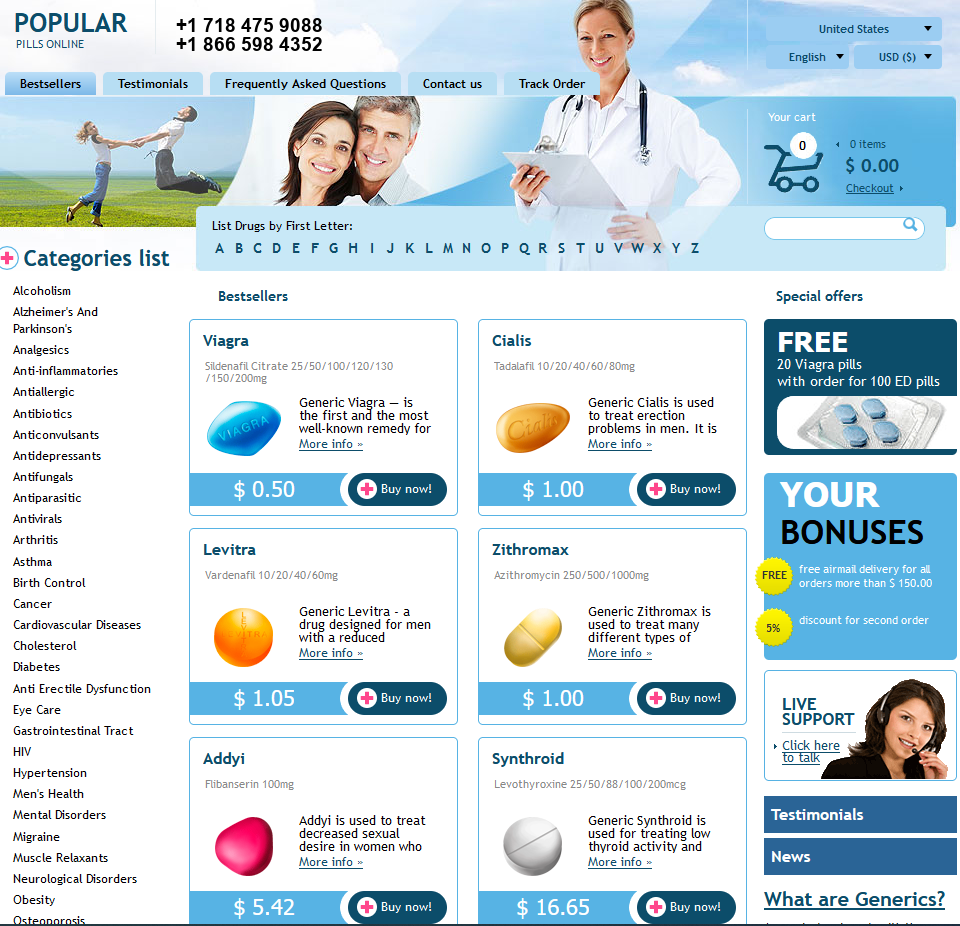Click HERE To Buy Neurontin Online ↓
 Managing Neurontin Side Effects: Practical Tips
Managing Neurontin Side Effects: Practical Tips
Understanding Common and Uncommon Side Effects
While taking Neurontin, many people notice mild effects like dizziness, fatigue, or mild drowsiness. These issues often appear as your body adjusts and may resolve over time. However, it’s also possible to experience less common reactions such as swollen limbs, vision changes, or sudden mood shifts.
Understanding which symptoms are expected helps you tell which signs to watch closely, especially when new discomfort arises. Most users report a smooth transition, but being aware of rarer complications keeps you well-prepared.
Becoming familiar with potential sensations makes it easier to respond proactively. Below is a quick summary to guide your vigilance:
| Common Side Effects | Uncommon Side Effects |
|---|---|
| Drowsiness, dizziness, fatigue | Swelling, blurry vision, mood changes |
Adapting Your Dosage: Gradual Changes Matter

Finding the right balance with Neurontin often hinges on how slowly or quickly your dosage is adjusted. Some people might be eager to speed up the process, hoping for faster relief, but making abrupt changes can lead to stronger side effects. Instead, small, measured adjustments give your body a chance to adapt while minimizing discomfort.
Many healthcare providers emphasize starting with a low dosage and increasing it gradually over several days or weeks. This personalized approach isn’t just about comfort; it also helps your doctor observe how your system reacts and catch any adverse effects early.
If you notice side effects, don’t be tempted to skip or double your usual dose without consulting your doctor. Instead, jot down your experiences and discuss them at your next visit for a more tailored plan together.
Smart Lifestyle Tweaks to Reduce Discomfort
Staying hydrated is an often-overlooked strategy for minimizing common neurontin side effects like dizziness or dry mouth. Try to keep a water bottle handy throughout the day and aim for regular sips rather than large gulps. Light, frequent meals rich in fiber might ease digestive discomfort and reduce bloating sometimes associated with neurontin, while avoiding heavy, greasy foods can keep nausea at bay.
Building gentle movement into your day—think short walks or simple stretches—can combat drowsiness and help maintain your energy. Lastly, maintaining a regular sleep schedule supports restful nights, which may lessen fatigue or grogginess that sometimes accompanies neurontin therapy. Small shifts can make a big difference.
Tracking Symptoms and Knowing When to Act

Noticing patterns in how your body responds to Neurontin can offer powerful insights. Consider keeping a daily journal to record changes—whether it’s mood shifts, dizziness, or swelling. With these notes, it becomes easier to spot trends or sudden escalations in side effects. By tracking even mild symptoms, you create a valuable resource for both yourself and your doctor. If anything unusual or severe occurs, such as difficulty breathing or rash, don’t wait—seek immediate medical attention for your safety.
Communicating Effectively with Your Healthcare Provider
Establishing a strong partnership with your healthcare provider can make all the difference when managing Neurontin side effects. Be open about any new or worsening symptoms, no matter how small they seem. Bring a symptom diary to your appointments—clear records help your provider make informed decisions about your treatment plan.
Don't hesitate to ask questions or voice any concerns, as every patient’s response to Neurontin can be unique. Engaging in honest, ongoing conversations leads to tailored care and greater comfort throughout your treatment journey.
| Tip | Why It Matters |
|---|---|
| Keep a Symptom Log | Helps track patterns and share specific details with your doctor |
| Ask Questions | Improves understanding and empowers better decisions |
Exploring Safe Alternatives and Support Resources
Sometimes, managing side effects means thinking outside the box. Some patients find relief by incorporating complementary therapies like mindfulness meditation, gentle yoga, or acupuncture into their routines—always with a healthcare provider’s guidance. For those who need prescription changes, discussing alternative medications with your doctor can open new doors and may minimize unwanted effects.
Peer support can be equally valuable. Online forums, local support groups, and patient advocacy organizations provide spaces to share experiences and learn from others on similar journeys. Reliable resources, such as national health hotlines, are also available to answer questions and offer guidance, helping you feel empowered and supported throughout your treatment.





















